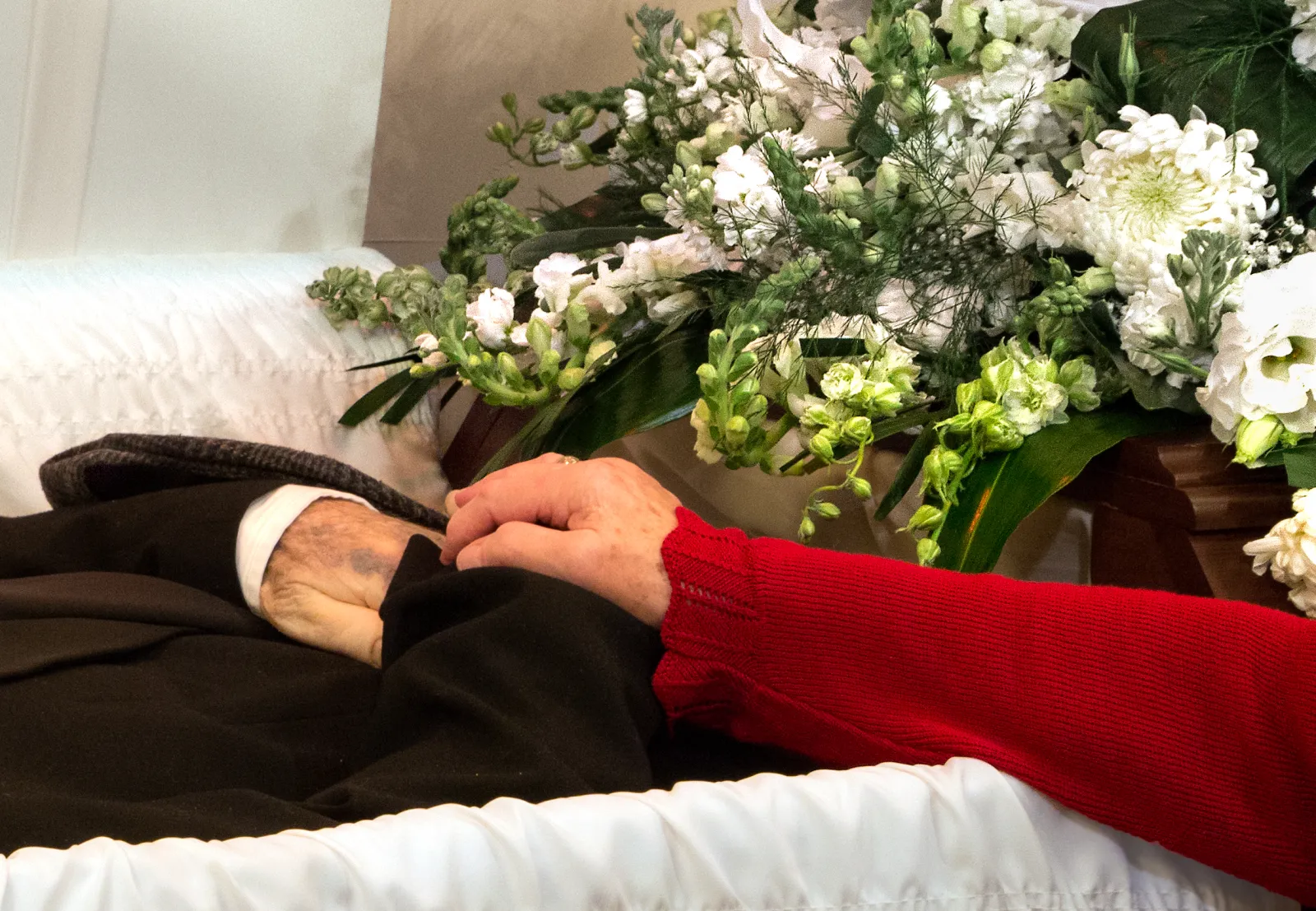
Image Source: pxhere
When it comes to preparing a loved one for their funeral, one of the steps involved may be the preparation of their body before burial or viewing at a memorial service. Unless the deceased is getting cremated without a viewing, this usually entails the use of embalming.
But what is embalming? Do you have to embalm a body? How long does an embalmed body last? Are there other methods to prepare for final disposition? Let's get into it all now.
What is Embalming?
Embalming is a process that preserves the body so it does not deteriorate between the time of death and the eventual viewing and/or burial. Humans have been embalming their dead for thousands of years, as the ancient Egyptians developed embalming approaches as part of the mummification process as early as 6000 BCE. Embalming was often used in the time before refrigeration was common to preserve the body.
Today, embalming has evolved far from those simpler methods once employed in ancient Egypt and other past civilizations. Embalming now makes use of several different surgical and cosmetic techniques to prepare a body for burial.
What Does the Embalming Process Looks Like?
In ancient times, the Egyptians would prepare a body for burial by removing the internal organs and placing them in jars. Then, they would stuff the body with linen or sand before wrapping it in bandages after letting the body cure in salt for more than two months.
Thankfully, the modern process requires much less time, effort, and salt - and the result is that an embalmed body can resemble someone who's simply sleeping peacefully. Here's what today's typical embalming process looks like, from beginning to end.
Preparation
It begins with washing the body in a disinfectant solution. Special attention is paid to the limbs, which are massaged to relieve any muscles and joints that have stiffened as a result of rigor mortis. Additional preparations include shaving the body's face if requested by the family and ensuring the eyes remain closed. This is accomplished either using glue or plastic eye caps that hold the eyelids in place. The jaw is also closed and secured, usually by either sewing or wires. The expression of your loved one can then be set according to your desires, or those of the deceased if specified in an advance funeral plan.
Surgical Embalming
Once the body is prepared, it's time for the surgical portion of the embalming process. Any blood in the body is removed from the veins and disposed of. In its place, embalming fluid, a chemical solution containing formaldehyde, is pumped through the arteries.
When the body's blood has been replaced, the surgical embalming moves to the body cavity. The lower abdomen of the deceased is cut open slightly, and a sharp surgical instrument called a trocar is then inserted into the incision. The embalmer then uses the trocar to place more tools inside the body. They will puncture all the organs in the abdomen and chest cavity to drain them of fluid and gas before injecting embalming fluid into them. Finally, the trocar is removed, and the incision is sutured closed.
Cosmetic Embalming
The final step involves preparing the body for its final resting place. This involves any cosmetic steps that the family would like to have taken, such as washing and setting the hair of the deceased, applying makeup if necessary, and choosing the clothing to be worn. Finally, the body is placed within the casket to prepare it for a memorial service or a visitation.
Do You Have to Embalm a Body?
In the United States, there are no laws mandating that you have to embalm a body except in specific circumstances. Some form of preservation may be required if final disposition does not occur within a certain time. Refrigeration can be an alternate form of preservation if the funeral home provides it.
The choice of using embalming is largely personal and is often influenced by several different factors, such as whether the religious views of the deceased disallow the practice, such as in Judaism. Conversely, families may choose to embalm if visitation is planned as part of a memorial service.
Reasons not to embalm include:
- If the deceased is being cremated without a viewing
- If a natural burial free of embalming is preferred
- If your religious or spiritual views proscribe the practice
When Is Embalming Appropriate?
If there will be any kind of viewing, especially if friends and family members need time to travel, embalming is an appropriate choice. Embalming ensures better preservation of the deceased's appearance to make a viewing possible. It also allows the funeral home staff time to prepare the deceased with chosen attire and cosmetic touches.
How Long Does an Embalmed Body Last?
The embalming process is not intended to permanently preserve a body. While there are instances of embalmed bodies lasting anywhere from six months to up to two years for medical reasons or other extenuating circumstances, these are the exceptions and not the rule.
In fact, modern embalming gained popularity because of the need to transport bodies for burial far from home, most notably during the U.S. Civil War, so there was no need to make a body last more than a week or two at the most. For an open-casket funeral, an embalmed body lasts about a week. If a viewing is not involved, the embalmed body can last two more weeks.
There's no stopping the slow but steady decomposition of the human body - at best you can delay it long enough to say your goodbyes.
More About Embalming
Today, the choice of embalming someone after death is fully dependent on the preferences and needs of the family of that person. If you have more questions about whether embalming would be an appropriate choice for your needs, our funeral experts can provide guidance.
We have funeral homes and cemeteries all across the United States. You can find one near you now.

